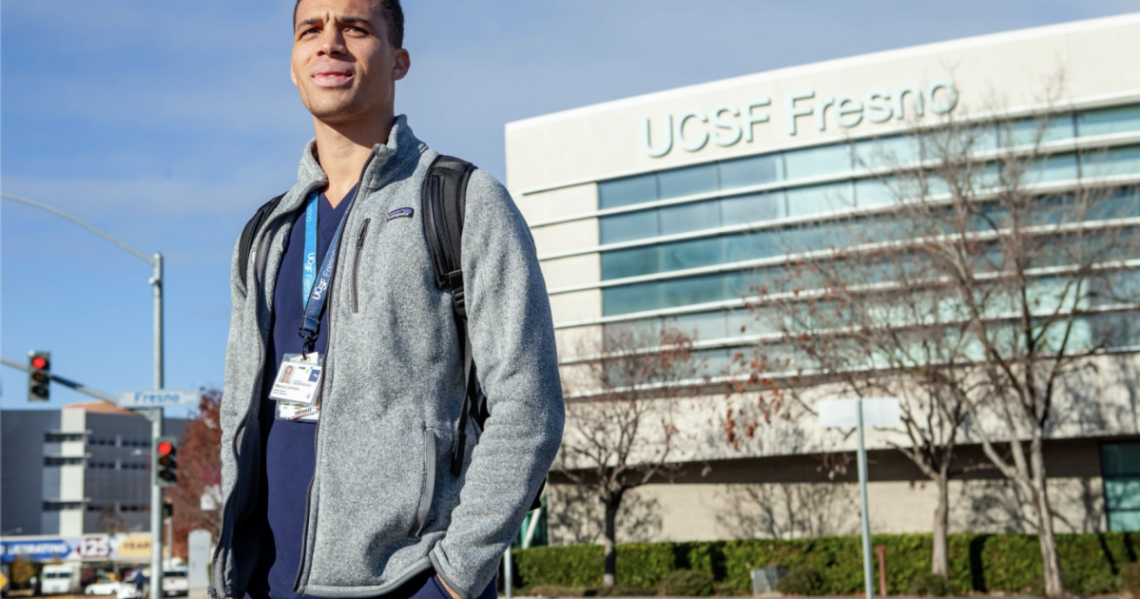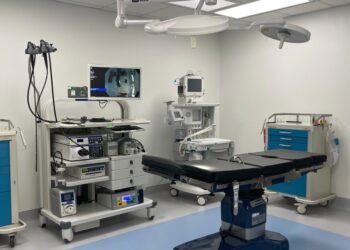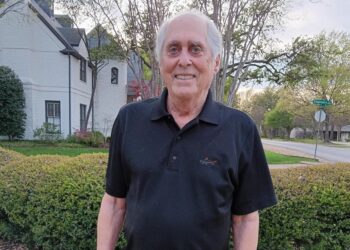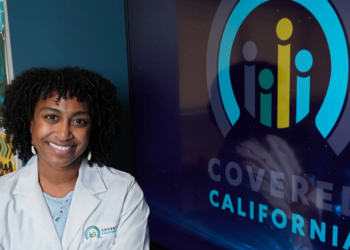Marcus Cummins grew up dreaming of becoming a doctor, but the Central Valley native didn’t have Black physicians to look up to. At times he doubted himself, but he credits the determination he developed as a receiver on the University of California-Davis football team to get him through his studies.
“Being a collegiate athlete gave me confidence to apply myself and handle the rigorous schoolwork of medical school,” said the 25-year-old husband and father of three. “It was harder because I didn’t have any physician role models.”
This spring, Cummins will complete his fourth year of medical school at the University of California-San Francisco School of Medicine’s regional campus in Fresno. In March, he matched with UCSF Fresno’s internal medicine residency program, where he will complete his training.
The campus is home to one of the University of California’s Programs in Medical Education, or UC PRIME, which encourages students of color to pursue medical degrees to help diversify the field and ease the physician shortage, particularly in underserved communities. The public university system launched the first training program in 2004, at its Irvine campus, and has since expanded it to all six medical schools, many with an emphasis on medically underserved communities.
Researchers have found that the program has succeeded at diversifying enrollment, but there is not enough long-term tracking to know whether these medical school graduates return to practice in regions where they’re most needed. “Little is known about the long-term outcomes of UC PRIME, such as practice location or specialty, in the absence of a longitudinal, summative program evaluation across all UC PRIME programs,” researchers with Mathematica wrote last fall after…
Read the full article here







